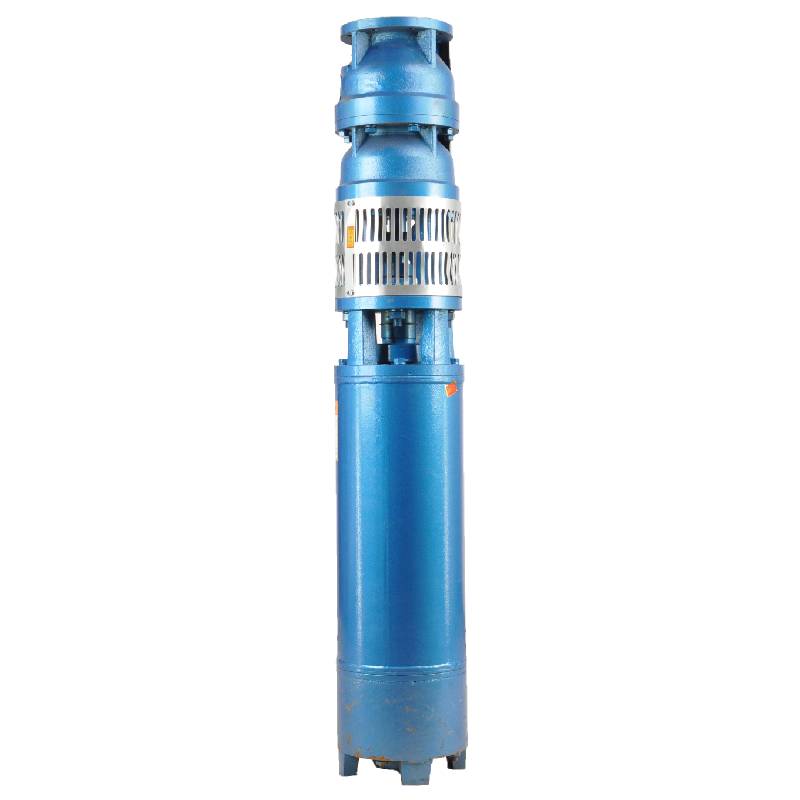Oct . 15, 2024 19:49 Back to list
submersible deep well water pump specifications
Understanding Submersible Deep Well Water Pump Specifications
Submersible deep well water pumps are essential devices designed for the efficient extraction of groundwater from deep wells. These pumps are submerged in water and are equipped to handle a variety of applications, including residential, agricultural, and industrial uses. Understanding their specifications is crucial for selecting the right pump that meets your specific needs.
Key Specifications of Submersible Deep Well Water Pumps
1. Discharge Diameter The discharge diameter is a critical specification that indicates the size of the pipe through which the water will flow out of the pump. Common discharge sizes range from 1.25 inches to 6 inches. The choice of discharge diameter can affect the flow rate and pressure, making it essential to select a size compatible with your plumbing system.
2. Flow Rate Measured in gallons per minute (GPM) or liters per second (LPS), the flow rate refers to the amount of water the pump can deliver in a specific timeframe. Pumps are available with varying flow rates, typically ranging from 5 GPM to over 100 GPM. Higher flow rates are beneficial for large-scale applications, while lower flow rates may suffice for residential use.
3. Head Pressure Head pressure, expressed in feet or meters, indicates how high the pump can raise water from the well. It is a critical factor that influences the overall efficiency of the pump. The head pressure needed will depend on the depth of the water table and the elevation at which the water needs to be delivered. Most submersible pumps can achieve head pressures between 100 to over 500 feet.
submersible deep well water pump specifications

4. Power Source Submersible pumps typically operate on either electricity or solar energy. Electric pumps are more common and can be powered by standard electrical outlets. However, in remote locations where electricity is not available, solar-powered submersible pumps offer a sustainable and cost-effective alternative. Understanding the power requirements and availability in your area is crucial for selecting the appropriate pump.
5. Material and Durability The materials used in a submersible pump affect its durability and performance. Pumps are commonly made from stainless steel, thermoplastic, or cast iron. Stainless steel pumps are highly resistant to corrosion and are suitable for environments with high mineral content, while thermoplastic pumps may be lighter and less expensive but can lack durability in harsh conditions.
6. Motor Specifications The motor’s horsepower (HP) rating indicates its power and capability. Submersible pumps typically range from 0.5 HP to over 10 HP. The right motor size will depend on the depth of the well and the required flow rate. It’s essential to choose a motor that can handle the specific demands of your application without excessive wear and tear.
7. Efficiency Ratings Look for pumps with high efficiency ratings to ensure energy costs are minimized. Efficient pumps can reduce energy consumption significantly and provide a better return on investment over time.
Conclusion
Understanding the specifications of submersible deep well water pumps is paramount for making an informed purchasing decision. By assessing factors such as discharge diameter, flow rate, head pressure, power source, material, motor size, and efficiency ratings, you can confidently select a pump that meets your requirements. In doing so, you ensure reliable water access, whether for personal use, agricultural needs, or industrial applications. Proper selection leads to enhanced performance and longevity, making your investment worthwhile.
-
Submersible Water Pump: The Efficient 'Power Pioneer' of the Underwater World
NewsJul.01,2025
-
Submersible Pond Pump: The Hidden Guardian of Water Landscape Ecology
NewsJul.01,2025
-
Stainless Well Pump: A Reliable and Durable Pumping Main Force
NewsJul.01,2025
-
Stainless Steel Submersible Pump: An Efficient and Versatile Tool for Underwater Operations
NewsJul.01,2025
-
Deep Well Submersible Pump: An Efficient 'Sucker' of Groundwater Sources
NewsJul.01,2025
-
Deep Water Well Pump: An Efficient 'Sucker' of Groundwater Sources
NewsJul.01,2025
-
 Submersible Water Pump: The Efficient 'Power Pioneer' of the Underwater WorldIn the field of hydraulic equipment, the Submersible Water Pump has become the core equipment for underwater operations and water resource transportation due to its unique design and excellent performance.Detail
Submersible Water Pump: The Efficient 'Power Pioneer' of the Underwater WorldIn the field of hydraulic equipment, the Submersible Water Pump has become the core equipment for underwater operations and water resource transportation due to its unique design and excellent performance.Detail -
 Submersible Pond Pump: The Hidden Guardian of Water Landscape EcologyIn courtyard landscapes, ecological ponds, and even small-scale water conservancy projects, there is a silent yet indispensable equipment - the Submersible Pond Pump.Detail
Submersible Pond Pump: The Hidden Guardian of Water Landscape EcologyIn courtyard landscapes, ecological ponds, and even small-scale water conservancy projects, there is a silent yet indispensable equipment - the Submersible Pond Pump.Detail -
 Stainless Well Pump: A Reliable and Durable Pumping Main ForceIn the field of water resource transportation, Stainless Well Pump has become the core equipment for various pumping scenarios with its excellent performance and reliable quality.Detail
Stainless Well Pump: A Reliable and Durable Pumping Main ForceIn the field of water resource transportation, Stainless Well Pump has become the core equipment for various pumping scenarios with its excellent performance and reliable quality.Detail
